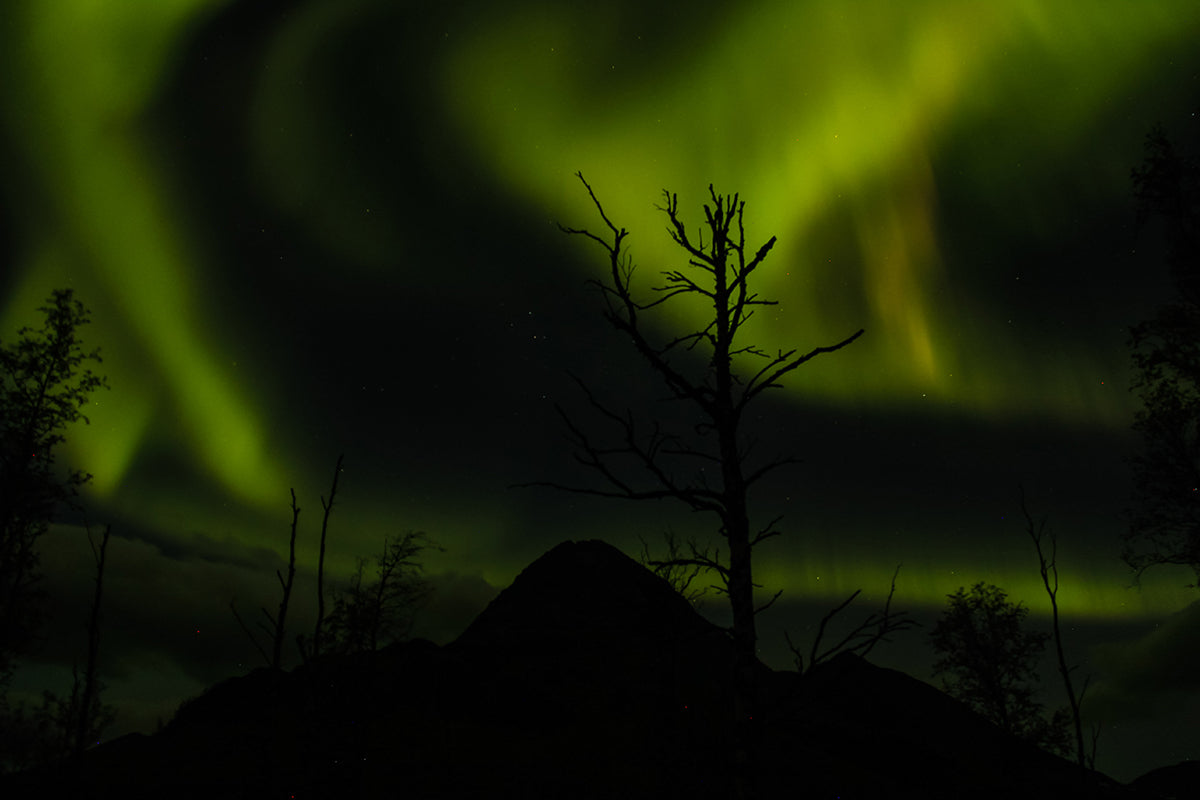
Glacial Research in Norway tackles the icy challenge of climate change. Each study reveals new insights that help protect these fragile frozen wonders.
Our planet is changing.
With a 97-99%[1] scientific consensus that human activity is the leading cause of rapid climate change; it’s not a topic to be debated. Yet, it is important that we continue to invest in scientific research, enabling a better understanding of the complex global systems that shape the world as we see it today and aid in developing more accurate predictions as to how it may change in the future. As part of my PhD research, this year I was fortunate enough to receive support from the Alpkit Foundation, to help me undertake and lead a research expedition to Arctic Norway.


To give some background, my research project, funded by the Natural Environment Research Council[2], aims to investigate the past, present, and future response of Norwegian glaciers to climate forcing[3]. Since the turn of the 20th Century, Norwegian glaciers have been experiencing a net mass loss, with most of the observed glaciers in Norway retreating remarkably fast since AD 2000[4]. However, the overall glacial history of Norway is complex, and while the history of glacier’s in southern Norway is well known, glacier changes in northern Norway remain under studied. My research therefore, helps us to understand the present day glacial extent in Arctic Norway and how this has changed since glaciers were at their most recent maximum, which often coincided with a period of cooling known as the ‘Little Ice Age’ (LIA)[5].
After several months of planning, writing research grant applications, filling out Health and Safety forms, liaising with Norwegian partners, conducting background research, and extensively mapping my field site from satellite and aerial imagery; I was finally ready to undertake my expedition. On the 26th of August my field-partner and I (along with 50kg of equipment and supplies), departed Gatwick Airport. Once we arrived in Tromsø, it was a four hour drive North East, followed by 5 hours of hiking before all our kit was in place and we could start the research. This campsite was to be our home while we conducted research; wild camping and completely self-sufficient.


We really were in the wilderness, at 69° North and several hours from the nearest road or occupied building, one really does feel alone. For the duration of the time we were working in the mountains we saw no signs of other people. The site really was quite amazing, in every direction there was nothing but mountains or empty valleys, and during the final week we were lucky enough to see the Northern Lights. This was a truly humbling experience, sitting in near complete darkness, the sky came alight and its extent was unimaginable. Across the whole valley and beyond the mountains that surrounded us, great streaks of emerald green and rose pink floated, waved, and swirled throughout the sky.


After two weeks of intensive work in the mountains, I had unfortunately run out of time. Although I could have continued taking measurements, surveying additional glacier forelands, and documenting the landscape and present day glacial extent it was time to return to Durham. I was successful in my aim of collecting data from the forelands of four different glaciers and am now undertaking the process of synthesizing all the data I collected. I am excited to get underway with analysing it all and starting to report on my results. I certainly have a lot of work to be getting on with and hope to be able to return to the field next year, to collect more data and help improve our understanding of these small, remote, and sensitive glaciers.
Once again I would like to thank the Alpkit Foundation for their grant which helped me to undertake this expedition.


